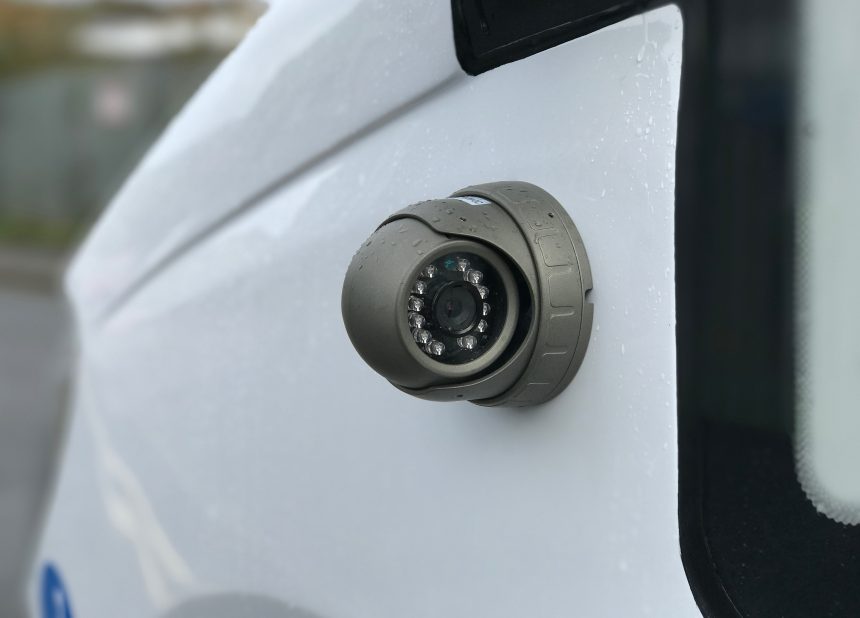Fleet transport insurance broker McCarron Coates has highlighted what it says is the importance of outward- and driver-facing cameras on vehicle fleets to mitigate “a perfect storm of potential claims scenarios.”
Such equipment should combine machine vision with AI capabilities, McCarron Coates continues. That can create audible signals to alert the driver to risks before any impacts occur. The approach forms part of what the supplier says is an “extremely advantageous” adoption of first notification of risk (FNOR) strategies, as well as first notification of loss.
Cameras can highlight risks ‘in the moment’, be they on the road or when a driver is distracted. The broker advises that an operator can reduce its cost per claim and cut what it terms “claim severity.”
A 72-vehicle client saw its cost per claim fall from £9,000 to £200 via FNOR strategies over a 14-month period, delivering premium stability. That sat against a predicted £2,000 per vehicle premium uplift after the insurer’s first three months’ claims experience.
McCarron Coates also advocates using onboard systems such as cameras and telematics monitoring that are “no longer siloed… but working together so as to provide an optimised crash narrative.” It adds that an “evidence bank” should be thorough and irrefutable, as fraud means that insurers are ever keener to have all in front of them before agreeing liability.
Video evidence is also critical when the Hierarchy of Road Users, introduced to the Highway Code in 2022, is considered. Drivers of large vehicles are particularly exposed, and McCarron Coates notes that the Hierarchy’s liability framework means that any accident with a pedestrian or cyclist is likely to bring bigger consequences for the driver.

Because of that, McCarron Coates introduced an RTC Crisis Line in 2023. It is offered to all clients and provides them with the legal support of a lawyer and fleet transport specialist when an incident involves the police, if things are taken further.
Driving for commercial purposes is seen as an aggravating factor under the Hierarchy, and hence the broker says that camera evidence to mitigate allegations of fault is imperative.
“Cameras are the silent witness… noting what happened and who was to blame for an incident, as well as weather conditions, the erratic behaviour of other road users, and the road positioning of all involved,” it adds.
Footage can be sent to an insurer almost immediately and cameras help the essential fast reporting of an incident. Camera presence can influence driving behaviour, and when paired with telematics, pinpoint where individual drivers need additional training. Such risk improvement can further reduce insurance costs and claims instances.
Speaking about McCarron Coates’ advocacy of cameras, Director Ian McCarron says: “Cameras have often been treated as a luxury, or fitted only when a fleet has been forced to comply with legislation.
“Those fleets that do have cameras may not have them serviced regularly, or actually switched on at times. 2024 is the year in which every fleet needs to become less camera shy and recognise that an investment in cameras that can be multipurpose and collect evidence from both outside the vehicle and inside it, is now highly advisable.
“It is more or less essential, if a fleet wishes to dramatically improve its risk, cut the incidence and cost of claims significantly, and avoid legal issues and potential driver disqualification and imprisonment, for just a moment of careless or inconsiderate driving.”
Mr McCarron adds that while telematics can present “some of the evidence,” cameras complete that picture and are “the most important witness a driver can have to call upon.” He says that McCarron Coates is pleased discuss with operators the way in which camera purchase costs can be recouped via insurance premiums and claims reductions. “These savings can quickly offset the investment,” Mr McCarron concludes.

























